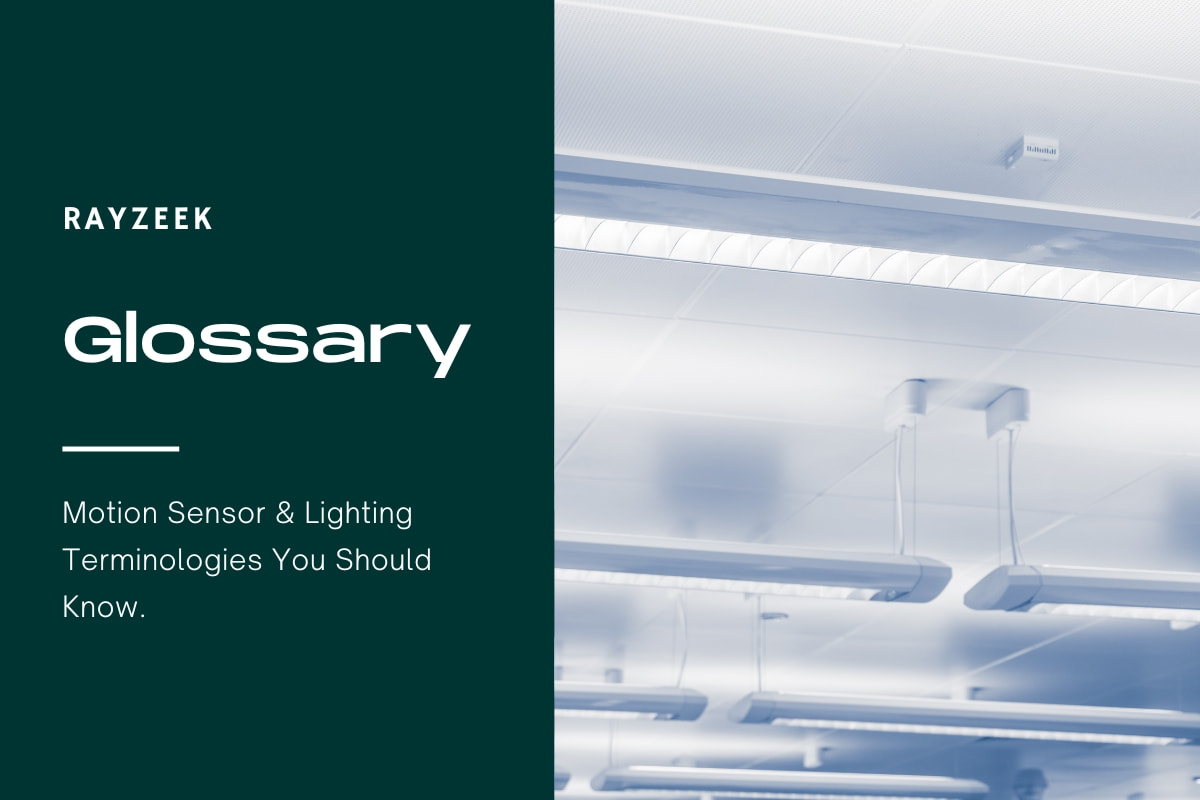What is Coefficient of Utilization (CU)
The coefficient of utilization (CU) is a measure used to assess the efficiency of a luminaire in delivering light to a specific area, such as a work plane or canopy. It is expressed as a ratio, representing the amount of light that reaches the desired area compared to the total light emitted by the lamps within the luminaire. To calculate the coefficient of utilization, various factors are taken into account. These include the room utilization factor (utilance), which considers the reflective properties of the room surfaces, and the luminaire efficiency, which accounts for the effectiveness of the luminaire in directing light towards the desired area.
Simulation techniques, such as ray tracing, are often employed to determine the coefficient of utilization. By creating a 3D model of the luminaire and considering factors such as LED characteristics, fixture geometry, and operating conditions, the simulation calculates the light output of the fixture. This output is then measured on different planes at varying distances from the luminaire, and the ratio of the light incident on these planes to the total light emitted by the lamps represents the coefficient of utilization. The coefficient of utilization can be influenced by factors such as the use of reflectors. Adding reflectors to a luminaire can enhance the redirection of light towards the target area, thereby improving the utilization of light and increasing the coefficient of utilization.
Looking For Motion-Activated Energy-Saving Solutions?
Contact us for complete PIR motion sensors, motion-activated energy-saving products, motion sensor switches, and Occupancy/Vacancy commercial solutions.
Frequently Asked Questions
What Is the Formula for the Coefficient of Utilization of Lighting
To determine the coefficient of utilization for lighting, you need to divide the luminous flux that reaches the desired plane by the luminous flux emitted by the fixture.
What Is the Coefficient of Utilization for Outdoor Lighting
The coefficient of utilization (K) for outdoor lighting should be greater than 30% or the utilance should be above 40% for the road, highway, square, or enclosure.
What Are the Factors Affecting Utilization Factor in Illumination
The factors that affect the utilization factor in illumination include the illumination level, glare, shadow, space height ratio, mounting height of the lamp, area to be illuminated, color of surrounding walls, movement of the object, and depreciation factor.
What Is the Coefficient of the Natural Light
The coefficient of natural light (KEO) refers to the percentage ratio of natural light inside the room at the control points of measurement (at least 5) to the light outside the building. There are two main approaches for determining KEO – instrumental and calculation-based methods.









